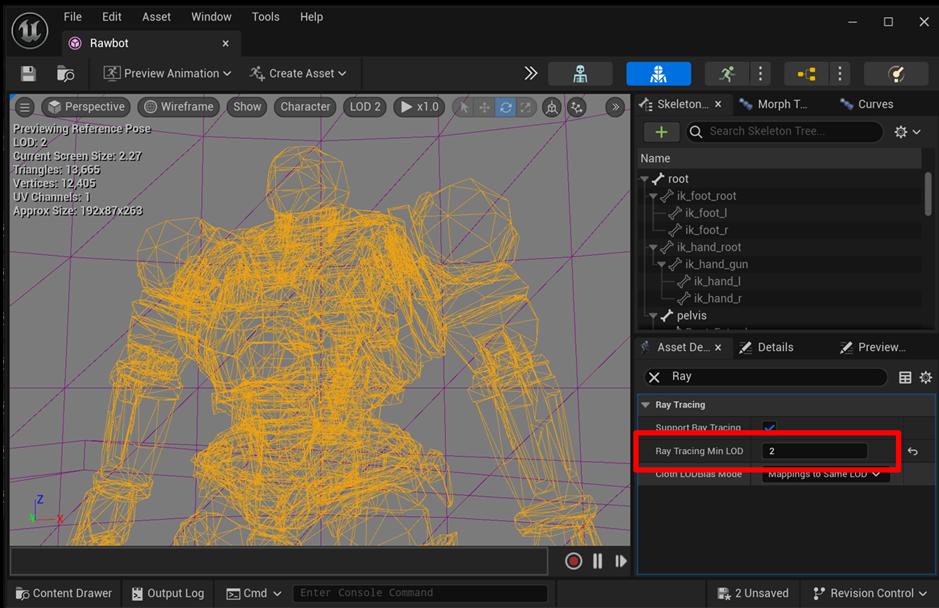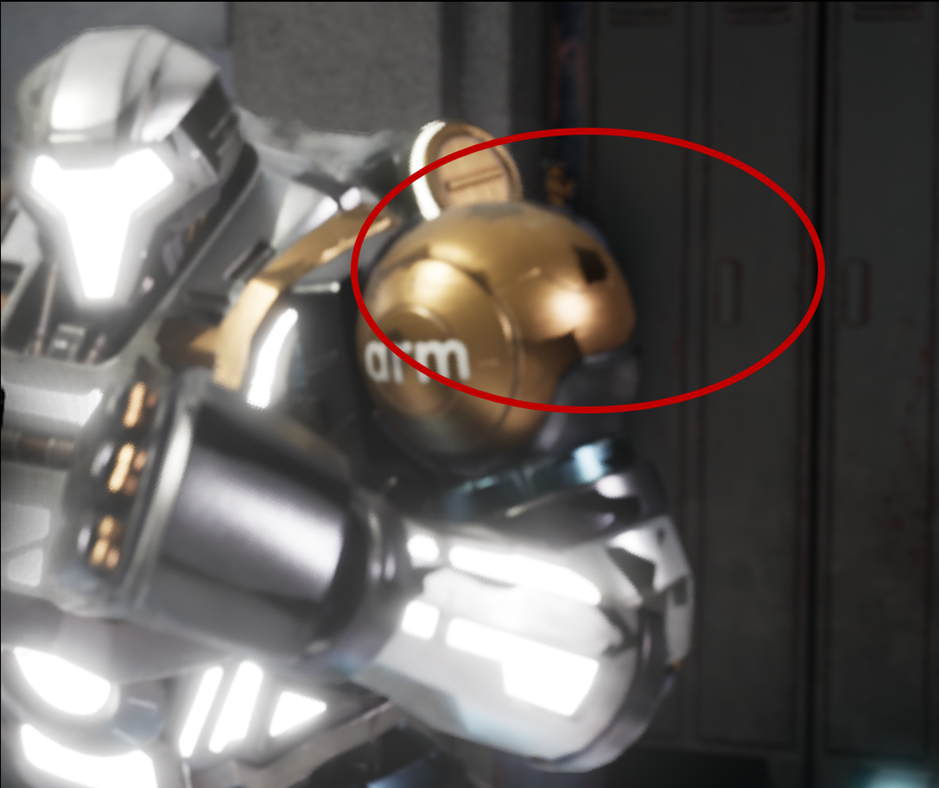Best Practices for hardware ray tracing with Lumen on Android Devices
Introduction
Lumen and Ray Tracing
Acceleration Structure
Only Add Important Objects into Ray Tracing
Take Full Advantage of Instancing
Optimize Acceleration Structure
Reduce Acceleration Structure Run-time Update Cost
Lumen General Setting Optimizations
Next Steps
Best Practices for hardware ray tracing with Lumen on Android Devices
We now turn to run-time. The acceleration structure for static meshes is built offline and does not require updates at run-time. However, the acceleration structure for skinned meshes needs to be updated at run-time, which incurs a performance cost due to the need to update geometry data on the GPU and rebuild the acceleration structure. When the polygon count of a skinned mesh is high, the update cost can be too high for real-time applications. To reduce this cost, you can use a higher LOD (Level of Detail) level for skinned meshes in ray tracing, resulting in fewer polygons needing updates at run-time, as shown below:

Note that using a higher LOD level for skinned meshes in ray tracing may cause self-shadowing artifacts, if ray tracing shadows are enabled. These artifacts are caused by differences between the rendering mesh and the ray tracing mesh, as illustrated below:
